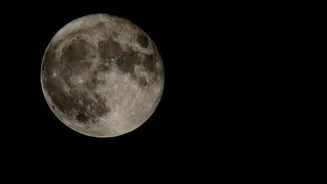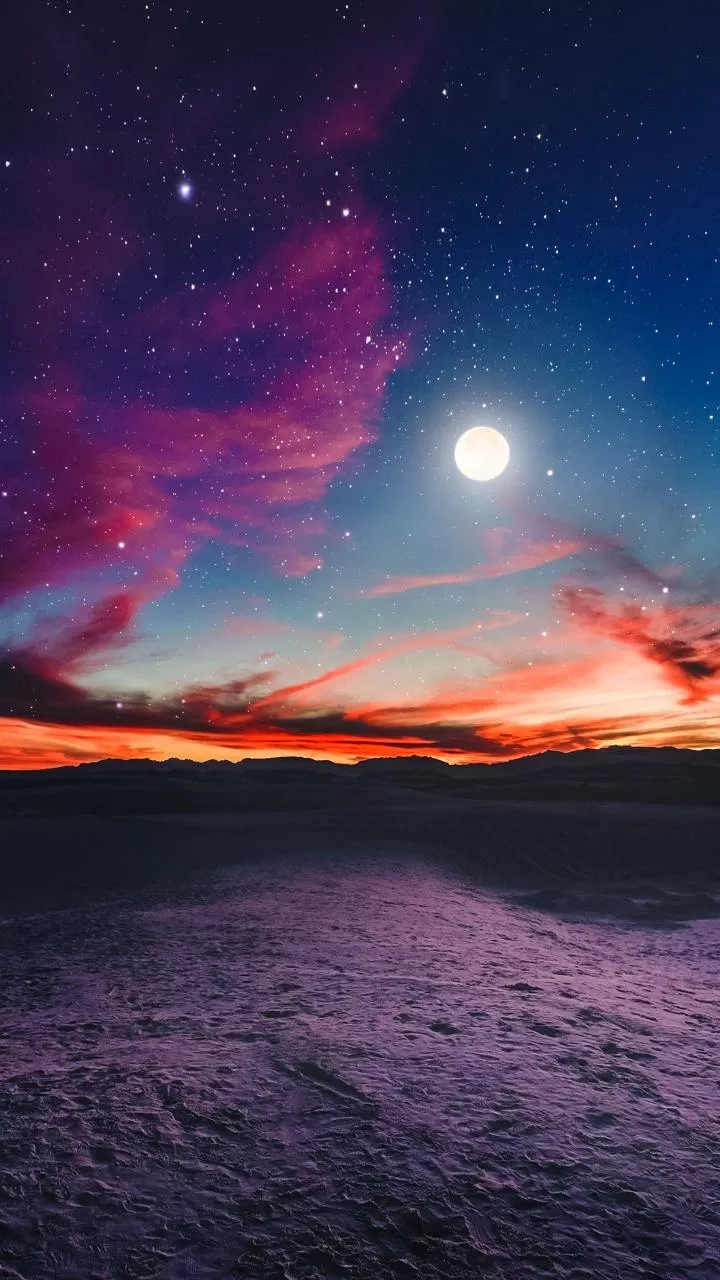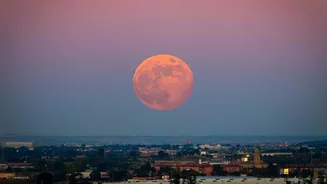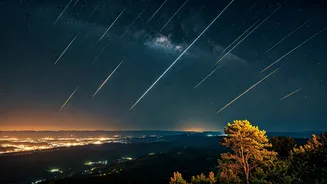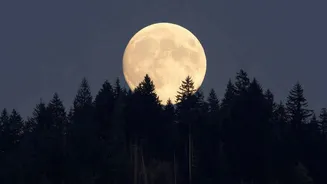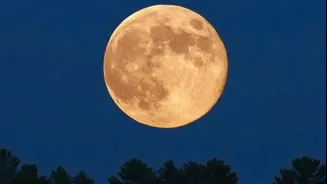The Full Beaver Moon, the second of fall in the Northern Hemisphere, will reach its peak on Wednesday, November 5, 2025, at 8:20 AM EST, but skywatchers
in North America will get the best view during dusk on Thursday, November 6, when it rises on the eastern horizon shortly after sunset. Named for the beavers that build their dams at night during this time of year, the Beaver Moon is set to be the biggest and brightest full moon of 2025, and the largest since 2019, making it a true supermoon.
What Makes the Beaver Moon Special
This full moon is the second supermoon of 2025, occurring just nine hours after the moon reaches perigee, the closest point in its orbit to Earth. At a distance of 221,817 miles (356,980 kilometers), the Beaver Moon will appear about 10% larger and brighter than an average full moon. The last time it came this close was in February 2019, and the next comparable event will be the “Christmas Supermoon” on December 24, 2026, when the moon will be just slightly closer at 221,611 miles (356,649 kilometers).
Best Time and Place to Watch
To see the Beaver Supermoon at its most spectacular, find an open area or an east-facing vantage point with a clear view of the horizon. The moon will appear especially striking just after sunset, when the “moon illusion” makes it seem even larger as it rises behind buildings or trees.
Moonrise and Sunset Timings:
New York: Sunset at 4:47 p.m. EST, Moonrise at 5:19 p.m. EST (Thursday, Nov. 6)
Los Angeles: Sunset at 4:56 p.m. PST, Moonrise at 4:57 p.m. PST (Thursday, Nov. 6)
London: Sunset at 4:24 p.m. GMT, Moonrise at 5:06 p.m. GMT (Friday, Nov. 7)
The Science Behind a Supermoon
When a full moon falls on the moon's closest approach to Earth in its elliptical orbit, a supermoon is created. Because of its close proximity, it appears noticeably larger and brighter than usual. The atmospheric "moon illusion," which makes the human brain believe that the moon is bigger close to the horizon, will intensify the Beaver Moon's glow even more. Scientists are still unsure of the exact cause of this phenomenon.
The Last Supermoon of the Year
The Beaver Moon marks the eleventh full moon of 2025 and is one of four supermoons spanning late 2025 and early 2026. Of the 12 full moons in 2025, three are supermoons — with the Beaver Moon being the biggest. The next full moon, the Cold Moon, will rise on Thursday, December 4, 2025, and will also be a supermoon, though slightly smaller.
